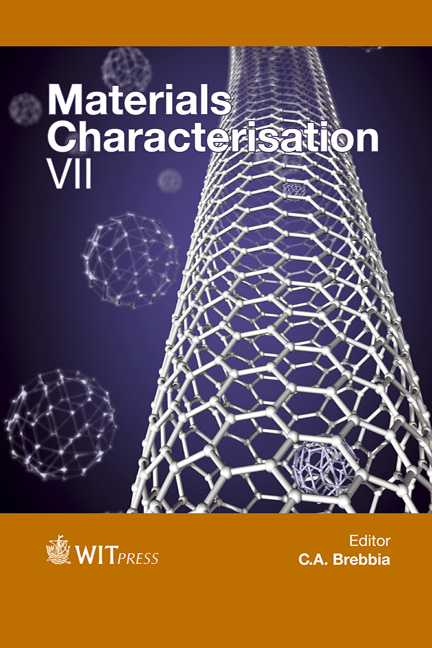Characterization Of Heavily Aluminized Energetic Material For Explosive Testing And Chemical Modelling
Price
Free (open access)
Transaction
Volume
90
Pages
12
Page Range
307 - 318
Published
2015
Size
655 kb
Paper DOI
10.2495/MC150281
Copyright
WIT Press
Author(s)
J. J. Yoh, Y. Kim, B. Kim, M. Kim, K.-C. Lee, J. Park
Abstract
The chemical response of energetic materials is analysed in terms of 1) the thermal decomposition under thermal stimulus and 2) the reactive flow upon the mechanical impact, both of which give rise to an exothermic thermal runaway or an explosion. The present study aims at building a set of chemical kinetics that can precisely model both thermal and impact initiation of a heavily aluminized cyclotrimethylene-trinitramine (RDX) which contains 35% of aluminium. For a thermal decomposition model, the differential scanning calorimetry (DSC) measurement is used together with the Friedman isoconversional method for defining the frequency factor and activation energy in the form of Arrhenius rate law that are extracted from the evolution of product mass fraction. As for modelling the impact response, a series of unconfined rate stick data are used to construct the size effect curve which represents the relationship between detonation velocity and inverse radius of the sample. For validation of the modelled results, a cook-off test and a pressure chamber test are used to compare the predicted chemical response of the aluminized RDX that is either thermally or mechanically loaded.
Keywords
chemical kinetics, aluminium, energetic materials, RDX, DSC





